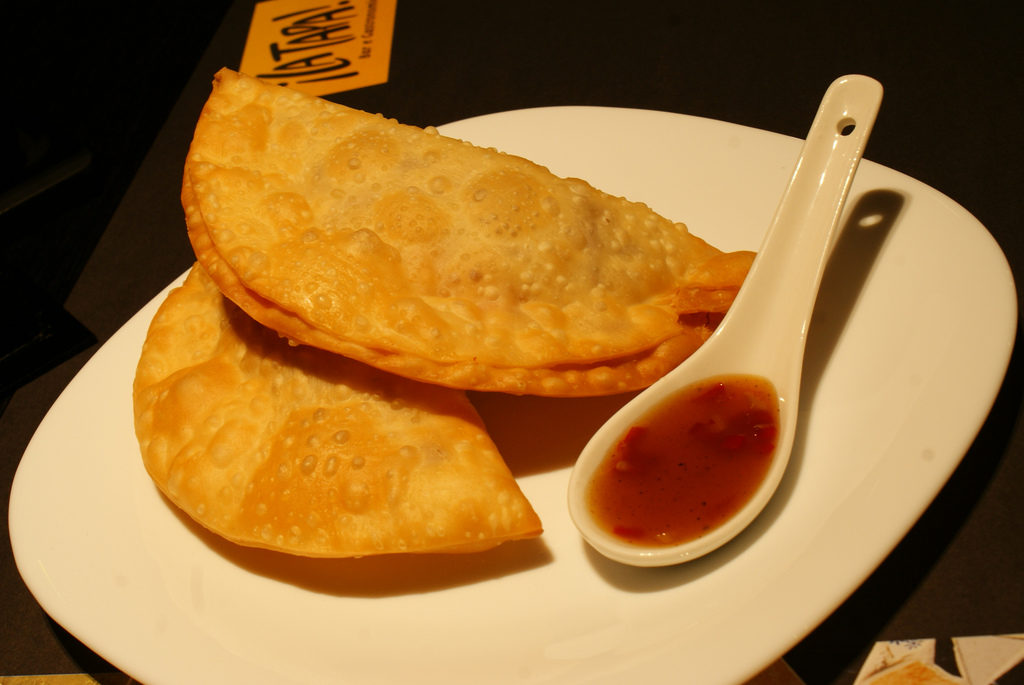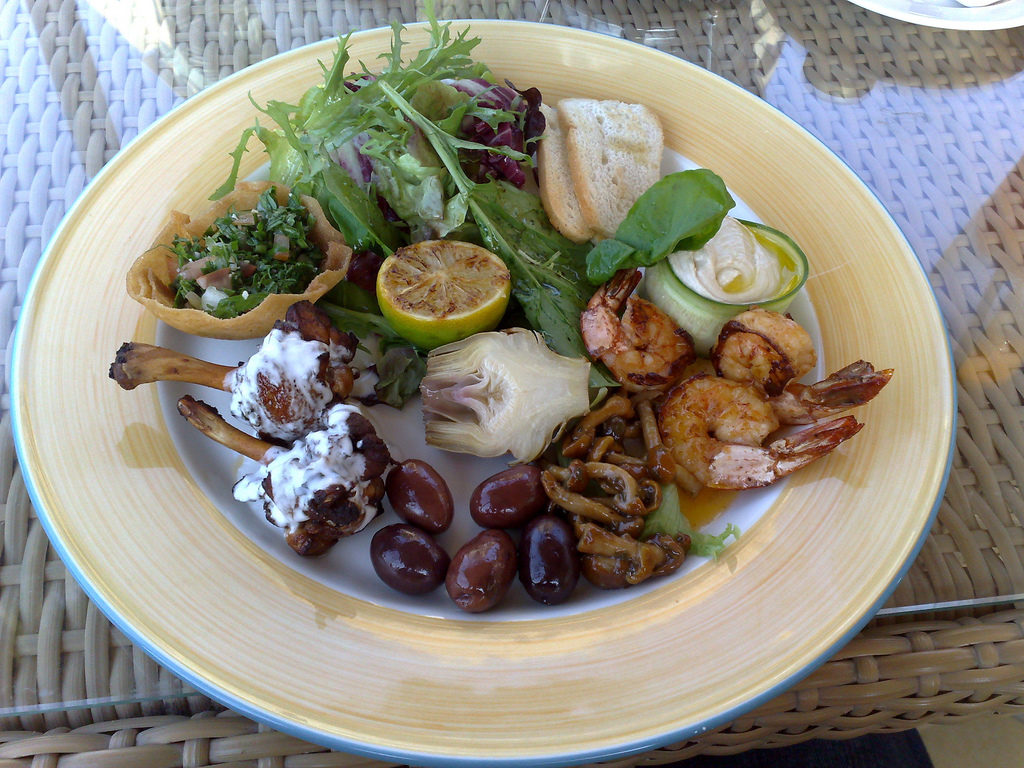I have lived in the Great Lake State of Michigan my entire life. For the past 11 years, I’ve resided in a small town called St. Louis (Michigan, not Missouri), which is often referred to as the Middle of the Mitten. Although highly effective, it’s rather awkward to be able to point to the center of my hand to describe to others where I’m from. Our rural town is known for its state prisons, vast farmlands, its unique power plant that generates electricity from a dam on the Pine River that runs through town, and newly constructed wind farms that are home to over 100 enormous wind turbines. Although I enjoy living in this small town, it certainly is lacking in the arts. In order to experience and enjoy international cuisine, live music, art, and theatre, the best option is to travel to the west side of the state to Grand Rapids. This past winter, my wife and I made the hour and a half trip to Grand Rapids with some friends to eat at a highly popular and outstanding tapas restaurant called San Chez. It’s something we had talked about doing for over 10 years but simply never took the time to do it. If you’ve never heard of Spanish tapas, you need to keep reading.
During my first year teaching back in 2000-2001, I became the new Spanish Club advisor at my high school. The previous Spanish teacher (yes, I’m the only language teacher in the entire district) had booked an EF Spain tour for our upcoming spring break. That March, I took over the reins and led a small group of students and chaperones on tour. I vividly recall our tour guide, Sonia Formoso, taking us to a Spanish tapas restaurant in Madrid. I had no idea what tapas were or where they originated. It wasn’t until later that I taught a unit on Spain and learned more about the origin of tapas. If I had known about tapas before the Spain trip, it would have made for an entirely different experience.
So exactly what are tapas? The word tapas comes from the Spanish word tapar, which means to cover. That much we know for sure. However, there are numerous theories about the true origin of tapas. Some say that Spanish tapas were simply a place for people to place their plates while standing and eating in bars. This reminds me of what I do when going through the buffet line with multiple plates at a wedding. Another theory says that the strong smell and taste of mature cheese could cover the taste of bad wine. I’ve even read that covers were created to prevent wind from blowing beach sand into the drink. One of the most popular theories is that King Felipe the 3rd passed a law stating that taverns must serve the drinks with a lid containing a small quantity of food. This, they hoped, would help slow the effects of alcohol and help curb drunken behavior, kind of like when some bars serve free pizza towards the end of the night before their customers ill-advisedly get behind the wheel and drive home.
I, however, seem to like the following explanation the best. I grew up in the country and have had my share of drinks in the outdoors either on the farm, around the bonfire, or at other outdoor events. This, I can relate to. According to The Joy of Cooking, in the Andalusian region of Spain, sherry drinkers in taverns used to cover their drinks between sips to prevent unwanted guests such as bugs and fruit flies that were attracted to the sweet beverage. Ham or chorizo was often used to cover the drinks. These salty foods made the patrons more thirsty (kind of like how we serve salty popcorn or peanuts in bars), which in turn led to greater alcohol consumption. The bar and restaurant owners then began to create a variety of the appetizer size snacks to serve with the sherry to help boost sales. Eventually, the tapas became as popular as the sherry itself. Over time tapas have evolved and now include ingredients from different regions, countries, and cultures.
In Spain, dinner is often eaten between 9 and 11 pm. Sometimes it is even later. Therefore, many Spaniards visit tapas bars after work to eat enough to hold them over until dinner. If the bar is at capacity, many places offer a discount if the patron is willing to eat them while standing.
The closest thing we have to tapas in the US would be appetizers. They are both essentially small portions of food that can be eaten before a meal or a combination of them in place of a meal. Different places often create their unique versions of a specific tapa or appetizer.
Before going to a tapas bar, there are a few things you should know. Many say that tapas are a way to encourage conversation because people aren’t focused on trying to eat a complete meal. Therefore, I suggest visiting a Spanish tapas bar with a group of friends or other couples. Six to eight people, in my opinion, would be ideal. Each person should order a different tapa from the menu, but not all at the same time. Order one or two to start. The person who ordered the tapa explains to the others what it is. This person then passes the tapa around the table allowing each person to sample it. The tapas restaurants often provide several small dishes, which make it perfect for sampling. Continue to order in waves so that when one dish is gone, another is on its way. In this manner, everybody is able to try multiple dishes and the cost is divided evenly amongst the group. It’s fun and it allows for unique conversation, especially when eating tapas for the first time. Finally, allow yourself a few hours to truly enjoy the experience. If you truly want to enjoy the taste and aroma of the food, the ambiance of the establishment, and the conversation with your friends, you don’t want to be in a rush.
Scott Hemker is a high school Spanish teacher and basketball coach. He began traveling with EF Tours in 2001 and has led 8 student tours to various Spanish-speaking countries. Scott strongly believes that student travel builds self-confidence and inspires students to develop and work towards long-term goals.
Related articles


